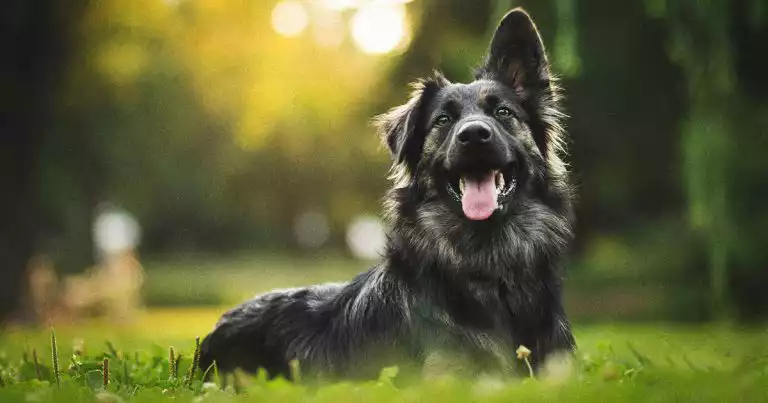Is A Clover Lawn Better Than A Traditional Grass Lawn?
2 minute read
A full, lush lawn is the envy of most homeowners, but just how “green” is that yard full of grass? With water and energy costs continuing to rise, many are in search of a more sustainable option. Enter: the clover lawn. Previously regarded as a weed by most, clover, (along with harmful weeds), fell victim to chemical pesticides and synthetic fertilizers in the 1950s. But it’s beginning to make a comeback thanks to its many benefits.
Advantages to a Clover Lawn
- It’s affordable. Clover comes as a free gift if you already have a patch or two growing in your yard–just let it grow. And if you need to buy clover seed, it’s rather inexpensive ($30 per 1,000 sq. ft. compared to $20 per 1,000 sq. ft. for traditional grass, according to FIXR).
- It fertilizes itself. Clover is a leguminous plant, meaning it can take nitrogen from the air instead of the soil, and release it slowly to other plants. It even enriches the soil with the nitrogen it doesn’t use which can reduce or even eliminate the need for regular fertilizing, and makes for healthier and greener grass when planted alongside.
- It’s low maintenance. Clover requires little to no mowing depending on your preferences, as it only grows to be around 2-8 inches. Reasons to mow or trim include: prevent blooming, remove deadhead old blooms, or simply tidy up the look.
- It’s drought tolerant. Clover grows well in poor soil and can survive despite a lack of water once established in its area. This is a big change from the typical thirsty American lawn that requires watering all summer.
- It holds its color. Clover stays green all summer until the first frost and is resistant to yellow discoloration from dog urine.
- It attracts the right kind of insects. Bees love clover and will help your yard and garden pollinate. Parasitic wasps are also attracted to clover and are excellent exterminators when it comes to controlling pesky insects like caterpillars, stink bugs, and aphids in your garden.
Clover vs. Grass?
The battle between grass and clover doesn’t need to be all or nothing.
Mixed grass-clover lawns
Most professionals recommend a ratio of 15-20% clover seed to 80-85% grass seed specific to your region’s needs. This mix is best for high traffic areas or playing fields and will help your lawn resist the effects of foot traffic since clover isn’t as hardy as grass. This grass/clover mix also doesn’t require regular reseeding.
Pure clover lawns
More resilient varieties of clover have been developed in the last few decades, referred to as micro-clovers. These varieties can be used to cover your entire lawn if you choose or to be intermixed with a lower percentage of grass. These thrive in areas with low to moderate traffic.
The beautiful thing is that whatever mix you choose, the natural balance of clover and grasses will adapt to reach an equilibrium that is best for the soil type and local conditions in your area.
So, if you’re looking to reduce the environmental impacts of your green space, clover seems to be an excellent option for a lush, green lawn that’s also sustainable.

